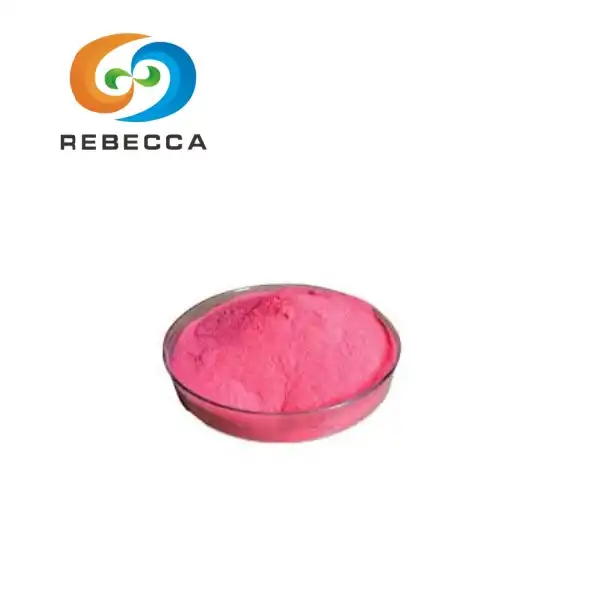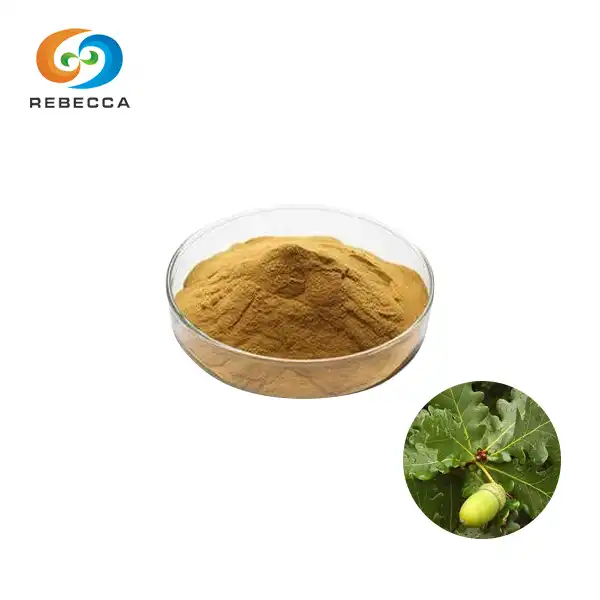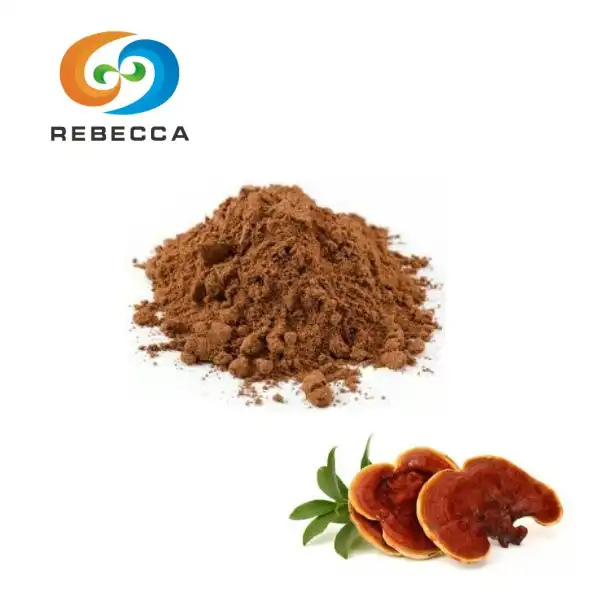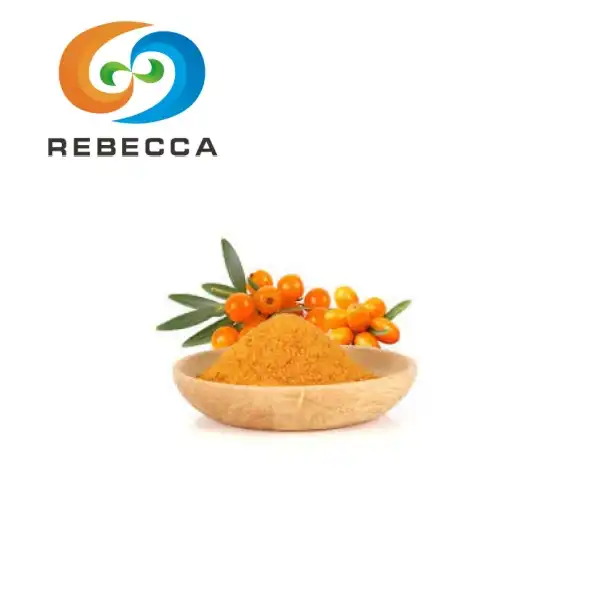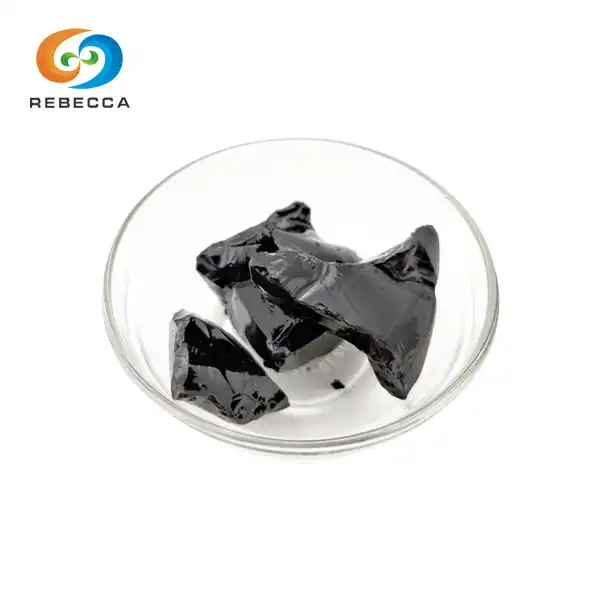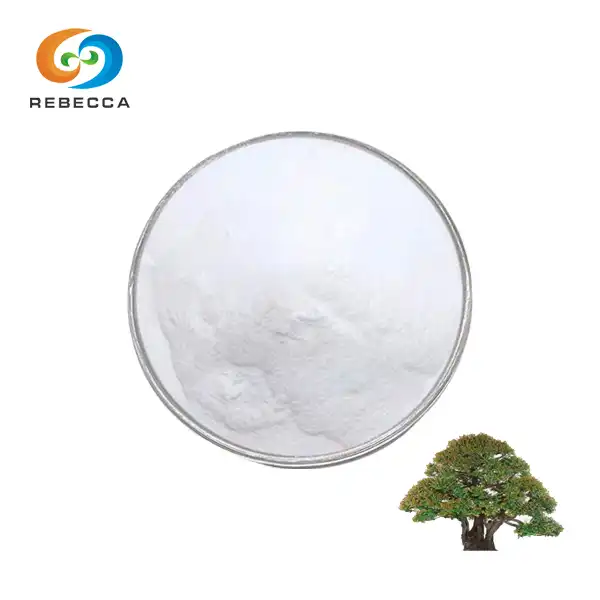What is Octacosyl Alcohol? Properties and Applications
Octacosyl alcohol, also known as 1-octacosanol or n-octacosanol, is a long-chain aliphatic alcohol that has garnered significant attention in various industries due to its unique properties and versatile applications. This naturally occurring compound, with the molecular formula C28H58O, is found in several plant sources, including sugar cane, wheat germ oil, and beeswax. As we delve into the world of octacosyl alcohol, we'll explore its chemical properties, uses in cosmetics and skincare, and its role in industrial applications.

Understanding the Chemical Properties of Octacosyl Alcohol
Octacosyl alcohol is a fascinating compound that exhibits several noteworthy chemical properties. This long-chain alcohol appears as a white powder or flaky crystals, and is both odorless and tasteless. Its molecular structure consists of a straight chain of 28 carbon atoms with a hydroxyl group at one end, giving it unique characteristics that make it valuable in various applications.
Solubility and Physical Characteristics
One of the most intriguing aspects of octacosyl alcohol is its solubility profile. While it's insoluble in water, it readily dissolves in a range of organic solvents. This includes hot ethanol, ether, benzene, toluene, chloroform, dichloromethane, and petroleum ether. This selective solubility makes octacosyl alcohol an ideal candidate for many industrial and cosmetic formulations where specific solvent interactions are required.
Stability and Reactivity
Octacosyl alcohol demonstrates remarkable stability under normal conditions. Its long hydrocarbon chain contributes to its low reactivity, making it resistant to oxidation and degradation. This stability is a key factor in its use as a preservative and emollient in various products. However, like other alcohols, it can undergo esterification reactions under appropriate conditions, which expands its potential applications in organic synthesis and product formulation.
Melting Point and Thermal Properties
The melting point of 1-octacosanol is relatively high compared to shorter-chain alcohols, typically around 83-84°C. This high melting point contributes to its solid state at room temperature, which is advantageous for certain applications where a stable, solid ingredient is desired. Its thermal stability also makes it suitable for use in products that may be exposed to varying temperatures during storage or use.

How Octacosyl Alcohol Is Used in Cosmetics and Skincare?
The cosmetics and skincare industry has embraced octacosyl alcohol for its multifaceted benefits. Its unique properties make it a valuable ingredient in a wide range of products, from moisturizers to sunscreens.
Emollient and Moisturizing Properties
Octacosyl alcohol serves as an excellent emollient in skincare formulations. Its long hydrocarbon chain allows it to form a protective barrier on the skin, reducing transepidermal water loss and maintaining skin hydration. This moisturizing effect can help improve skin texture, reduce the appearance of fine lines, and promote a smoother, more supple complexion.
Enhancing Product Texture and Feel
In cosmetic formulations, octacosyl alcohol contributes to the overall texture and feel of products. It imparts a smooth, silky sensation when applied to the skin, enhancing the user experience. This property makes it particularly valuable in body lotions, creams, and other leave-on skincare products where sensory attributes are crucial.
Stabilizing and Thickening Agent
The stability of octacosyl alcohol makes it an excellent choice as a stabilizing agent in cosmetic formulations. It can help prevent the separation of oil and water phases in emulsions, contributing to the overall stability and shelf life of products. Additionally, its solid nature at room temperature allows it to function as a thickening agent, helping to achieve desired product consistencies.
Potential Antioxidant Benefits
While research is ongoing, some studies suggest that octacosyl alcohol may possess antioxidant properties. This potential benefit could make it a valuable ingredient in anti-aging skincare products, helping to protect the skin from oxidative stress and free radical damage.

The Role of Octacosyl Alcohol in Industrial Applications
Beyond its uses in cosmetics and skincare, octacosyl alcohol finds applications in various industrial sectors, showcasing its versatility as a chemical compound.
Pharmaceutical and Nutraceutical Applications
In the pharmaceutical industry, octacosyl alcohol has garnered interest for its potential health benefits. It's often included in dietary supplements, particularly those aimed at supporting cardiovascular health and improving athletic performance. Some studies suggest that octacosyl alcohol may help reduce cholesterol levels and improve endurance, although more research is needed to fully understand these effects.
Food Industry Applications
Octacosyl alcohol finds use in the food industry as a component of food additives and supplements. Its stability and low reactivity make it suitable for incorporation into various food products without affecting their taste or quality. It's often used in sports nutrition products and functional foods designed to enhance energy and stamina.
Industrial Lubricants and Coatings
The long hydrocarbon chain of octacosyl alcohol makes it useful in certain industrial applications. It can serve as a component in lubricants, providing enhanced stability and performance in high-temperature or high-pressure environments. Additionally, its ability to form protective films makes it valuable in certain coating applications, where it can contribute to water resistance and durability.
Polymer Industry Applications
In the polymer industry, octacosyl alcohol can be used as a plasticizer or as a starting material for the synthesis of certain polymers. Its long chain structure can contribute to the flexibility and durability of plastic materials, making it useful in specialized polymer formulations.

Conclusion
Octacosyl alcohol, with its unique chemical properties and diverse applications, continues to be a compound of interest across multiple industries. From its role as an emollient in skincare products to its potential health benefits in dietary supplements, this versatile alcohol demonstrates the interconnectedness of chemistry, health, and industry. As research continues, we may discover even more applications for this fascinating compound, further expanding its importance in our daily lives and industrial processes. For more information about octacosyl alcohol and its applications, please contact us at information@sxrebecca.com.
References
1. Taylor, J. C., Rapport, L., & Lockwood, G. B. (2003). Octacosanol in human health. Nutrition, 19(2), 192-195.
2. Kato, S., Karino, K. I., Hasegawa, S., et al. (1995). Octacosanol affects lipid metabolism in rats fed on a high-fat diet. British Journal of Nutrition, 73(3), 433-441.
3. Hargrove, J. L., Greenspan, P., & Hartle, D. K. (2004). Nutritional significance and metabolism of very long chain fatty alcohols and acids from dietary waxes. Experimental Biology and Medicine, 229(3), 215-226.
4. Irmak, S., & Dunford, N. T. (2005). Policosanol contents and compositions of wheat varieties. Journal of Agricultural and Food Chemistry, 53(14), 5583-5586.
5. Arruzazabala, M. L., Molina, V., Mas, R., et al. (2002). Antiplatelet effects of policosanol (20 and 40 mg/day) in healthy volunteers and dyslipidaemic patients. Clinical and Experimental Pharmacology and Physiology, 29(10), 891-897.
_1730691017423.webp)

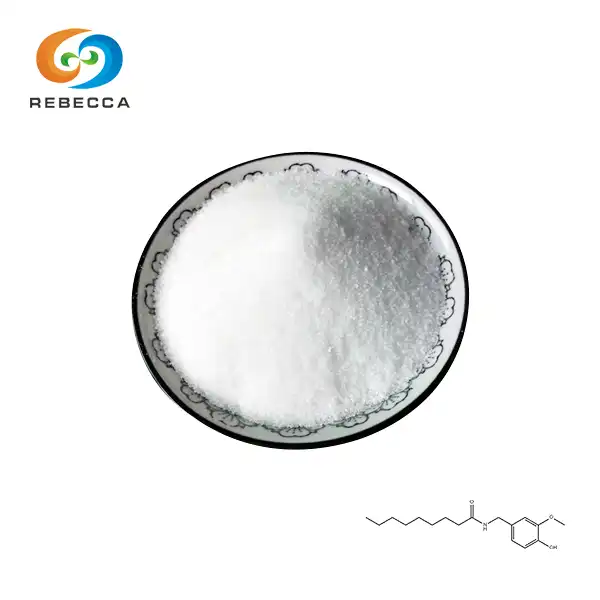
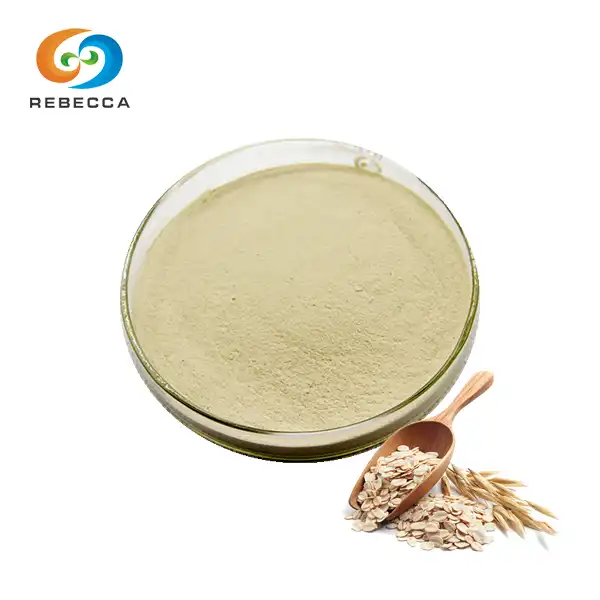
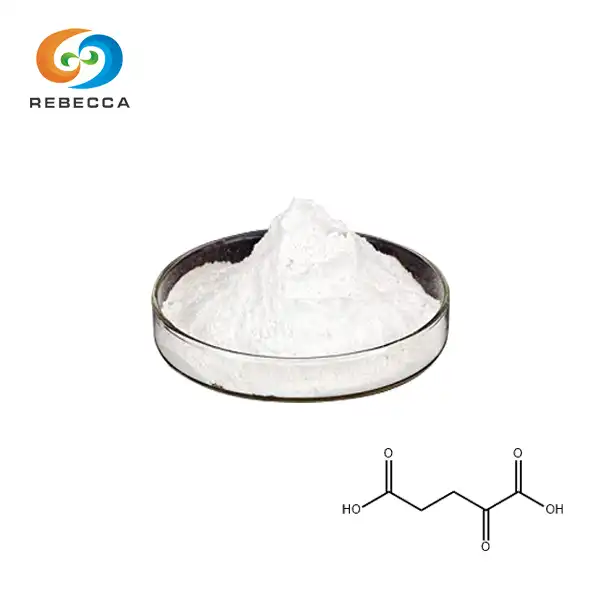






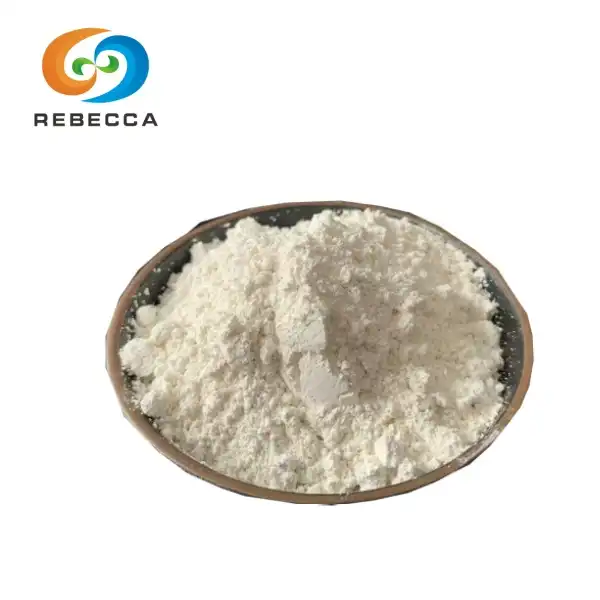
_1735529080429.webp)
